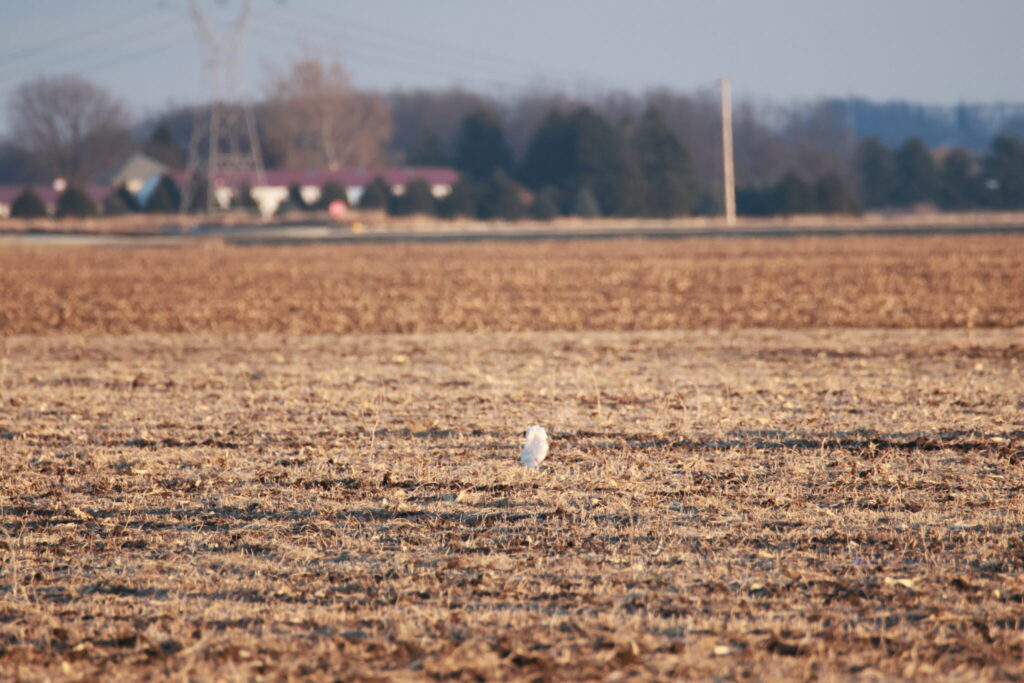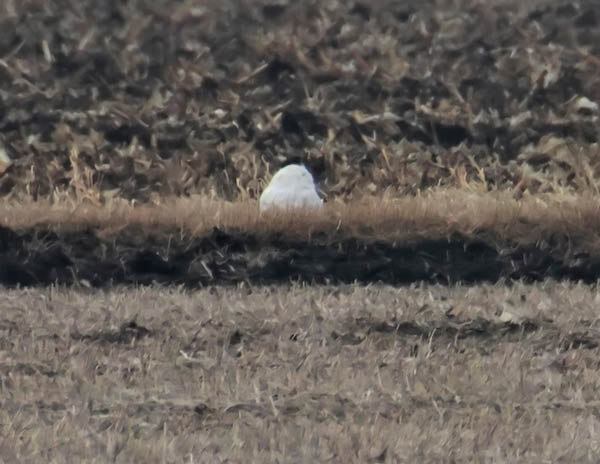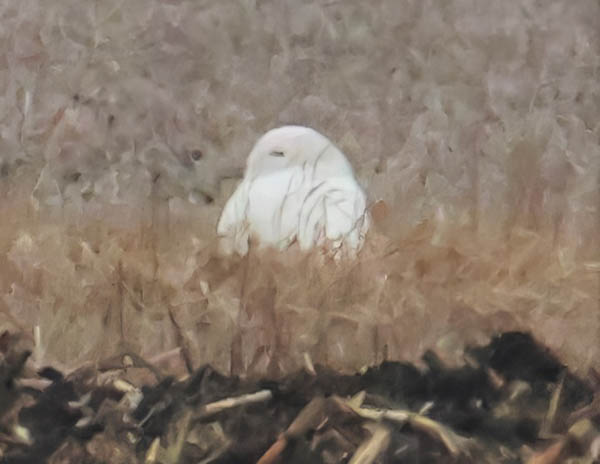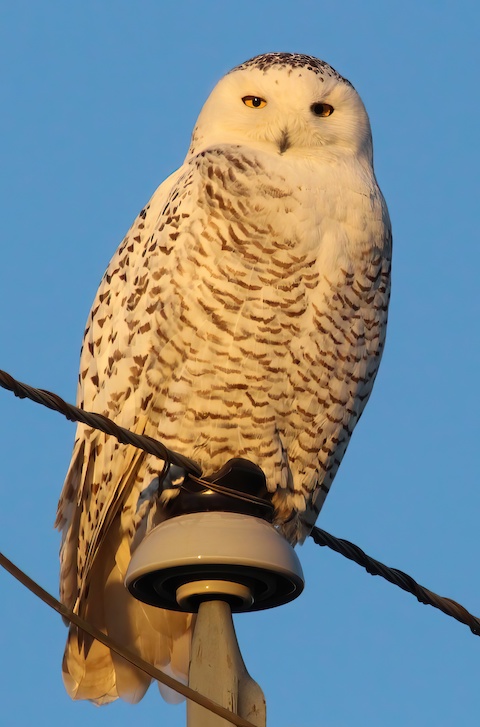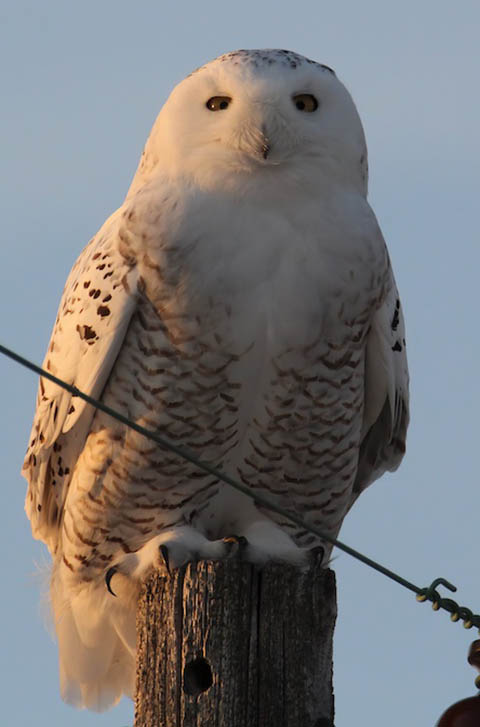It’s a bright, sunny Groundhog Day as I write this article. Punxsutawney Phil and our local groundhog, Woodstock Willie, both saw their shadows today signaling six more weeks of winter. Whether you subscribe to these rodents’ forecasts or not, we’re in store for a fairly long period of winter weather before spring’s arrival! I choose to look at the bright side of this as it gives me more time to engage in one of my favorite pastimes: searching for the beautiful, yet elusive Snowy Owl.
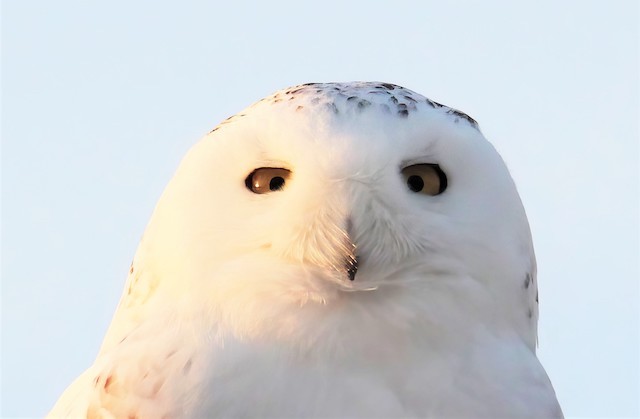
I thought I’d share some of my experiences and tips for finding and photographing these beautiful birds in this month’s column. After a few winters of unsuccessful searching, I finally put it all together and began finding the Snowys on a fairly regular basis. In fact, last winter (the winter 2021-2022), I found and photographed 23 Snowy Owls (some were most likely the same bird) over around twenty trips of searching for them. Last year, 2021 was definitely an “irruption” year for the Snowy Owls. Unusually large numbers of the birds made their way south from their high Arctic homes to our area and other areas of the northern United States. This winter has been much slower for me as I have only spotted and photographed four owls in around fifteen trips so far. While they’re not as plentiful as last year, the Snowy Owls are present in our area and can be found!
My first trip this season to my favorite area to search for Snowy Owls took place in early December. Historically, I have found my first owls of the season during December, although some of my friends have spotted them as early as mid-to -late November. I found this area by examining topography (the Snowy Owls seem to like large, flat expanses of land with few trees, similar to their tundra homes), through checking archival records of Snowy Owl sightings in Illinois (the eBird database maintained by Cornell University is an excellent resource for this), and consulting with friends and fellow birders who have had success in finding the impressive raptors. The main key to success though is persistence. After finding a likely place to search, one must put in the time driving the back roads and scanning the fields for the Snowys. A friend and I were out yesterday on a search, and we spent almost three hours methodically crisscrossing the area on country roads searching for the owls with no luck. We did see a Northern Harrier and several flocks of Snow Buntings and Lapland Longspurs (see last month’s column), so the day wasn’t a failure. This is a typical Snowy Owl trip for me: spending at least two hours in the field searching. This year, my success rate has averaged about one owl for every four trips. However, the process of the search is a reward in and of itself as I get to spend time in the beautiful countryside and see other wonderful natural sights even if I don’t find a Snowy Owl.
Obviously, though, the goal is to find and photograph the owls. It’s always better to have more than one set of eyes scanning the fields, fence posts, and utility poles in the search area for the birds. Most often the Snowy Owls I find are standing in a field quite a distance (from 250 to 500 yards) away from the roads I’m driving. My first time out searching this season occurred when there was no snow on the ground. Some of my friends tell me that it must be a lot easier finding the Snowys without the snow because their white plumage stands out against the bare field. That’s true to a point. There’s a lot of other white stuff out in the fields (trash) that sometimes looks very similar to an owl.
On my first trip I saw a likely target in a field about 300 yards from the road I was driving on. It was the right color, the right size, the right shape, and in the right place to be a Snowy Owl. I took approximately two-hundred pictures of the “bird” with my telephoto lens-equipped camera and was very happy to have captured images of an owl on my first trip out of the year. However, when I returned home and downloaded my images to the computer, it became clear that I had not photographed a beautiful male Snowy Owl, rather I had documented a case of littering as my “owl” turned out to be a white plastic bag!
I (and other more-seasoned owl hunters) still get fooled sometimes by plastic bags, milk jugs, and other assorted distractions when searching for the birds. My motto is: when in doubt take a lot of pictures. Digital pictures cost nothing and I’d rather take 100 pictures of a plastic bag than miss one of a Snowy Owl. Sometimes, we’re not fooled and find real owls in the field!
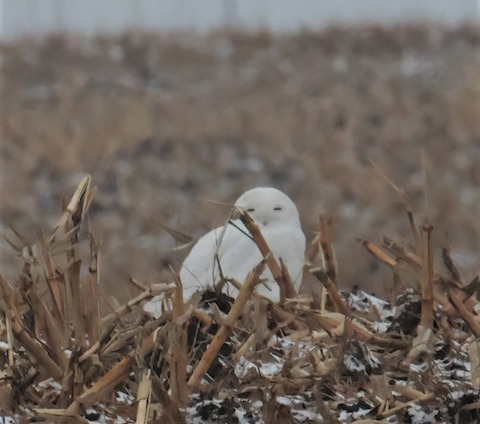
Finally, if you’re really lucky, you may find a Snowy Owl perched on a telephone pole. If you’re careful and move slowly the owl will allow you to approach within a respectful distance of about 50 yards which will enable you to get some great shots!
If you’re interested, do some research and get outside and look for some Snowy Owls while we have a little bit of winter left. They won’t head back north until later in March! Until next month, enjoy our great outdoors!

